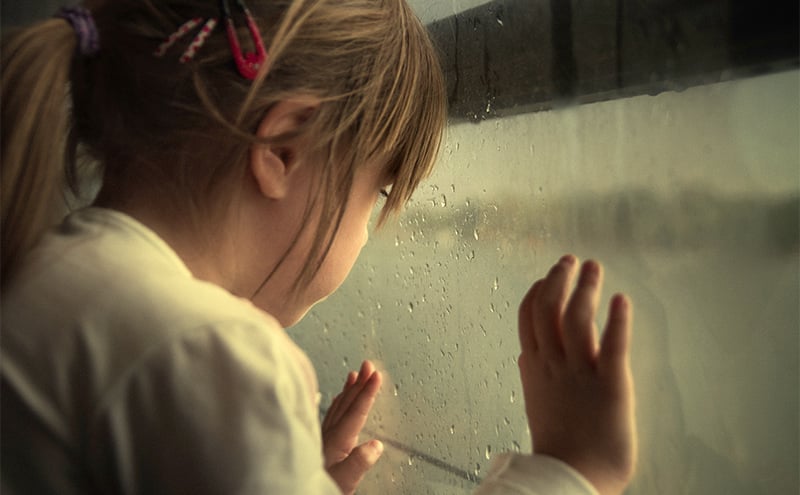
A Hidden Danger Amid COVID-19 Pandemic: Child Abuse Dangers Rise
With sheltering in place implemented and schools, daycare centers and workplaces closed, it appears there is another unexpected consequence of the current pandemic- increased reports of child physical and sexual abuse.
There are several potential reasons for this- increased time in the home is one, but the lack of schools and daycare centers as places of safety- i.e., where children may be able to notify trusted adults of abuse and where adults can observe suspicious injuries or behavior in children, is another. Restriction of children’s freedom of movement, increased economic stress in the home from loss of jobs and already unstable home environments create an environment where abuse can escalate and go unnoticed for the duration of shelter in place orders or beyond.
Children are also spending more time online at home, and thus, opportunities for interaction with potential abusers and grooming are increased. Reports to law enforcement and welfare agencies may be decreasing, but per child abuse experts, this is similar to a decrease in reports during the summer months, when children are similarly away from schools and daycare settings. The decrease in reporting in summer is invariably followed by an increase in the fall months when children go back to school, and we should be expected to see a similar increase when the shelter in place orders end.1
Says a statement by the Joint Leaders of the World Health Organization on April 8, 2020:
"A third of the global population is on COVID-19 lockdown, and school closures have impacted more than 1.5 billion children. Movement restrictions, loss of income, isolation, overcrowding and high levels of stress and anxiety are increasing the likelihood that children experience and observe physical, psychological and sexual abuse at home – particularly those children already living in violent or dysfunctional family situations. And while online communities have become central to maintain many children’s learning, support and play, it is also increasing their exposure to cyberbullying, risky online behavior and sexual exploitation.
The situation is aggravated by children’s lack of access to schoolfriends, teachers, social workers and the safe space and services that schools provide. The most vulnerable children – including refugees, migrants, and children who are internally displaced, deprived of liberty, living without parental care, living on the street and in urban slums, with disabilities, and living in conflict-affected areas – are a particular concern. For many, growing economic vulnerability will increase the threat of child labour, child marriage and child trafficking.” 2
What can we do as Emergency Physicians? We are already aware of the subtle signs of abuse, and that should not change during this time. A visit to the ED may be the only time a child will be outside of an abusive environment right now and taking a cognitive pause to make sure we do thorough histories and exams can make a huge difference. Our mental resources are certainly being taxed, but we can take a moment to notice any inconsistencies with history and exam, and even take time to interview children alone if we are suspicious. We can also aid parents or caregivers- the AAP has a tip sheet for managing stress during the pandemic.3
The current pandemic is changing all of our lives in ways we can see, but the unseen may be even more vital than the seen and knowing additional risks to the most vulnerable patient populations at this time may save even more lives.
Citations:
- https://www.texastribune.org/2020/03/27/texas-coronavirus-child-abuse-likely-rise-risk/
- https://www.who.int/news-room/detail/08-04-2020-joint-leader-s-statement---violence-against-children-a-hidden-crisis-of-the-covid-19-pandemic#.XpDdX_q8M1U.link
- https://www.aap.org/en-us/about-the-aap/aap-press-room/Pages/The-American-Academy-of-Pediatrics-Advises-Parents-Experiencing-Stress-over-COVID-19.aspx
Jacque Johnsen DO, Vice Chair



